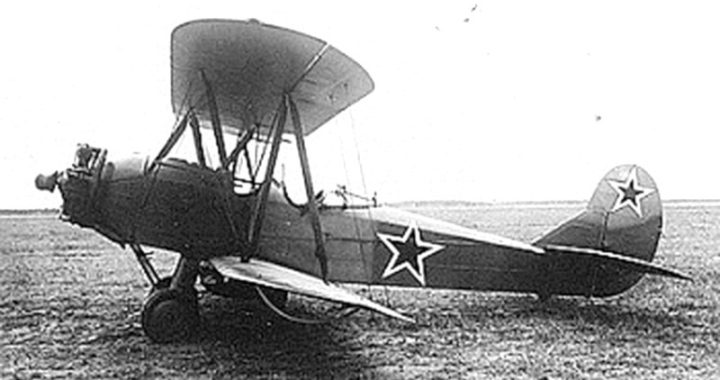Polikarpov Po-2 Mule: The Multi-Purpose Soviet Biplane
The aircraft for today is the one that was originally designed and built to be a training biplane aircraft but was later used for multiple-purpose in the military. The name of this aircraft is Polikarpov Po-2 Mule which served the Soviet Union Air Forces well during World War II. The aircraft was nicknamed by Soviets … Continue reading Polikarpov Po-2 Mule: The Multi-Purpose Soviet Biplane
